How to build an emergency ski stretcher
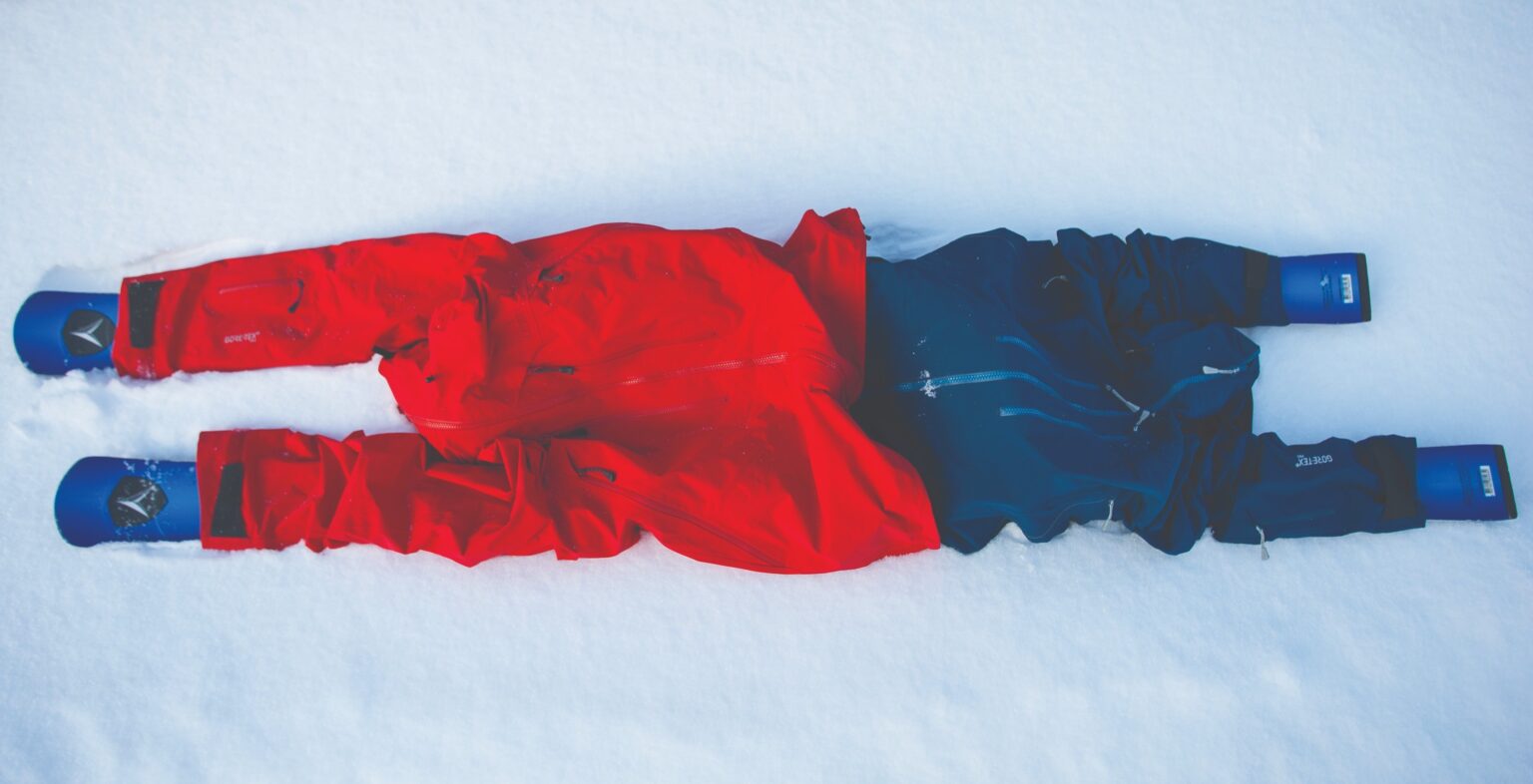

Winter is going too fast and soon the days will be longer and the snow slushy, with a nice surfy feeling. Spring is perhaps my favourite time of year for skiing.
Here we will discuss something that, hopefully, you’ll never need to do during your life as a skier: build an emergency stretcher.
In most cases, it is better to keep an injured person in place, make them comfortable and wait for help. Getting someone off the mountain can be hard and uncomfortable both for the casualty and the carriers.
However, there are times, especially in spring when you may be out on tour far from civilisation, when it may be necessary to build your own stretcher.
“In Scandinavia, the injured person lies with their head up and feet down. In some countries it’s the opposite”
How does the ski patrol do it? Pisteurs have access to bloodwagons, which have been placed strategically in various first aid rooms on the mountain. When an incident occurs, these bloodwagons – which they can control and brake – are called into action.
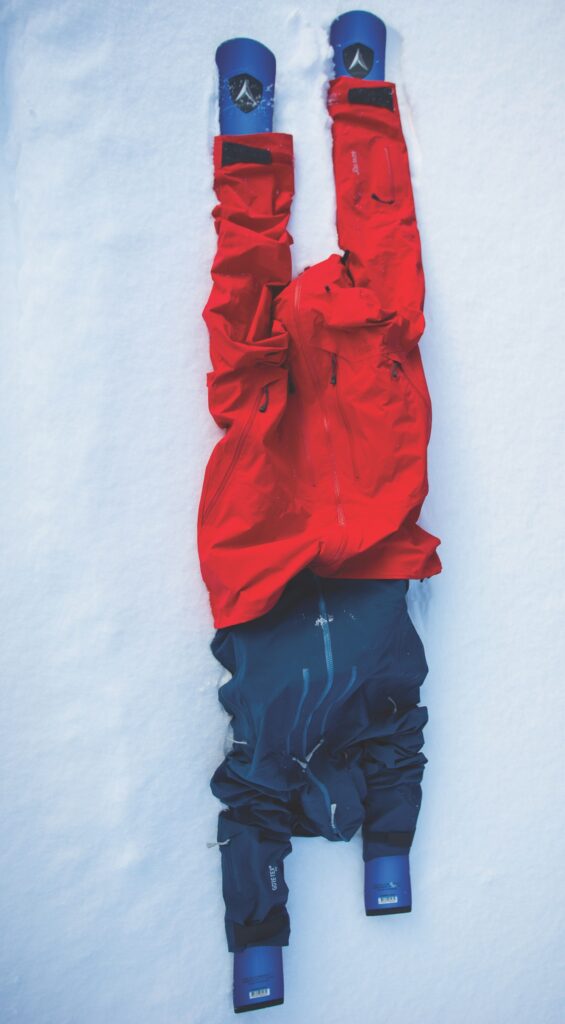
There are various techniques for taking an injured person down on a bloodwagon. In Scandinavia, they lie with their head up and feet down. However, in some Alpine countries, it’s the opposite. (By the way, races are sometimes held for ski patrol to ski a slalom course with a bloodwagon… Not an occupied one, of course, though in Sweden they use40-50kg of weights.)
For someone who suffers claustrophobia, being transported in a bloodwagon can be frightening due to the need to be well-fixed for safety reasons and to immobilise the injury. Making sure the injured person is securely ensconced in the bloodwagon is vital to avoid aggravating the damage already done by the injury.
This is especially valid for those who have to be evacuated by helicopter since the stretcher has a tendency to spin around when being rappelled up.
For those of us who have no available bloodwagon, there are many ways of building one – each of which offers a different way of transporting the casualty. Building a stretcher can involve the use of duct tape, rope, Therm-a-Rest and avalanche shovel. Here, as in previous articles, we will concentrate on using equipment that we already have with us and make it as easy as possible.
Skis and a ski jacket are always present on a ski trip. Use two jackets: place them on the ground with the waists towards each other and the collars away from each other. Stretch both sets of arms above the ‘head’ so they are shaped like a W. Then take the skis of the injured person, starting with one jacket at a time. Slide the ski through the waist of the jacket and continue into the arm. Do the same with the other arm.
When the waist of the jackets are facing each other, try to tie them together, for example via their powder skirts. The stretcher will look like an old military stretcher, where the fabric between the skis carries the injured person. The disadvantage of this system is that the rescuers have to take off their jackets, which is a problem in cold weather. Another disadvantage is that it is a heavy way of transport and you will only be able to carry it a few hundred metres.
For a system without using skis or jackets, two rescuers stand with each other’s backpacks next to each other. Slide two ski poles between both of their backpacks and their lower back area (be sure their waistbands are firmly fixed) and secure the ski poles by adjusting the backpacks. The idea here is that the injured person should sit on the ski poles with the support of his two rescuers. For this system, assume that the injured person can sit up, that the ground is fairly flat and the snow not too deep.
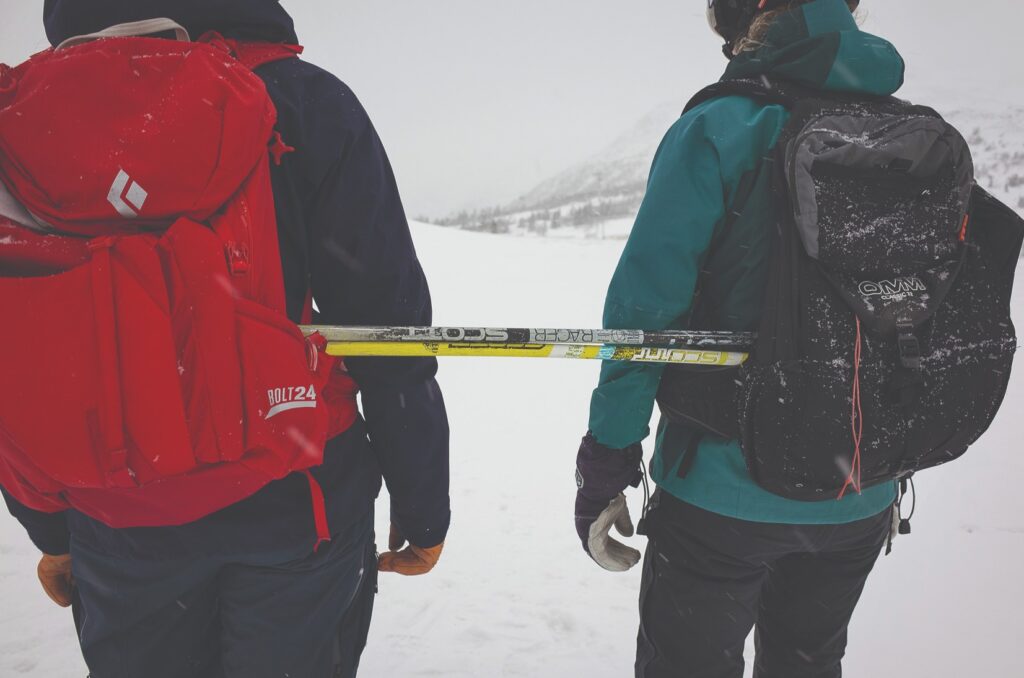
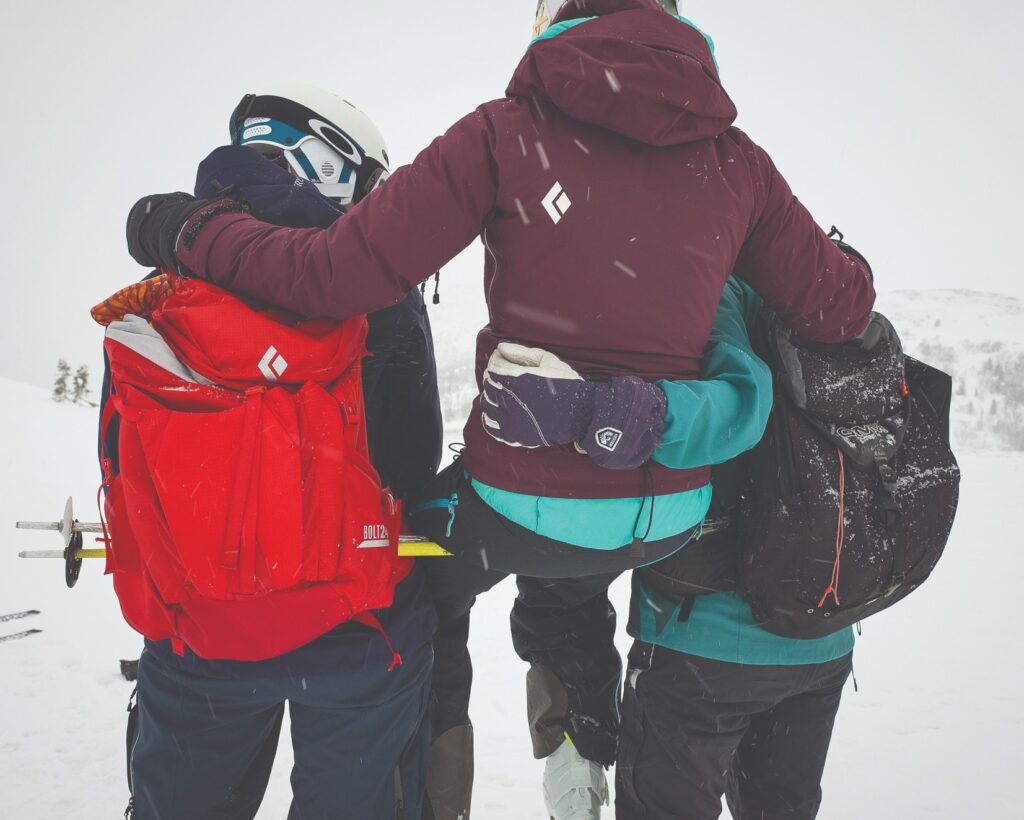
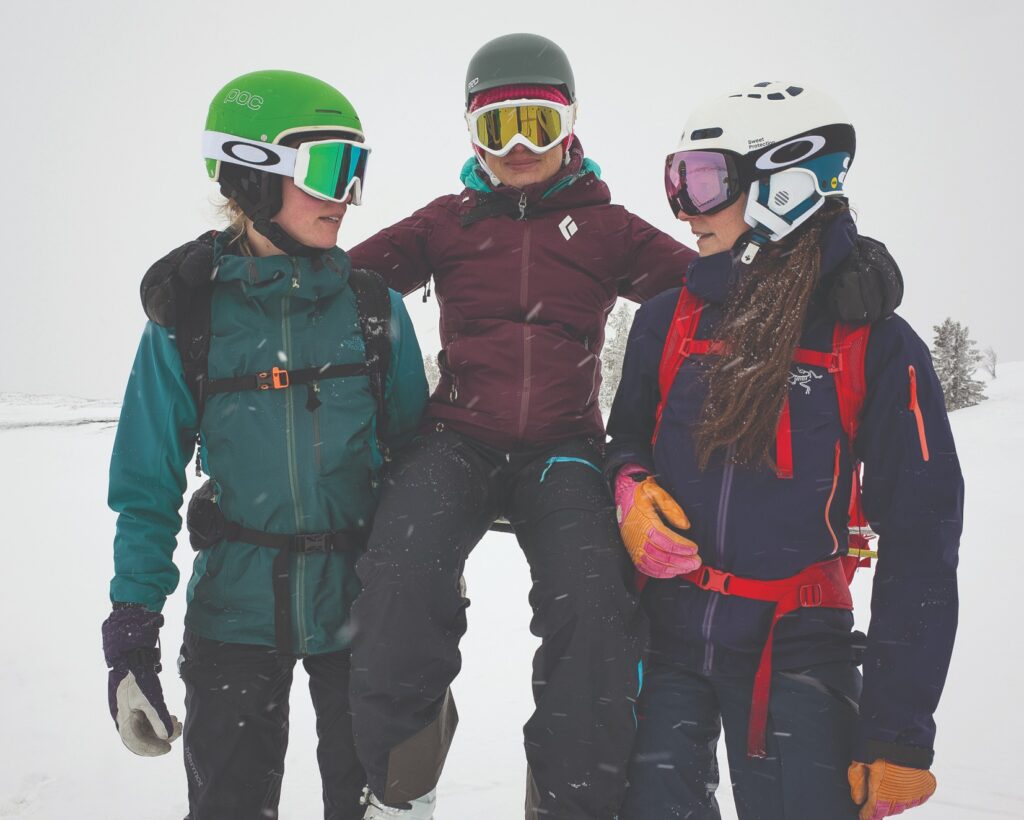
Peter lives in Åre, Sweden. Besides skiing around 80 days each winter, he has worked as an ambulance nurse for 15 years, at two Alpine World Championships and for the UN in Africa. He also writes and takes photos for outdoor and medical magazines.